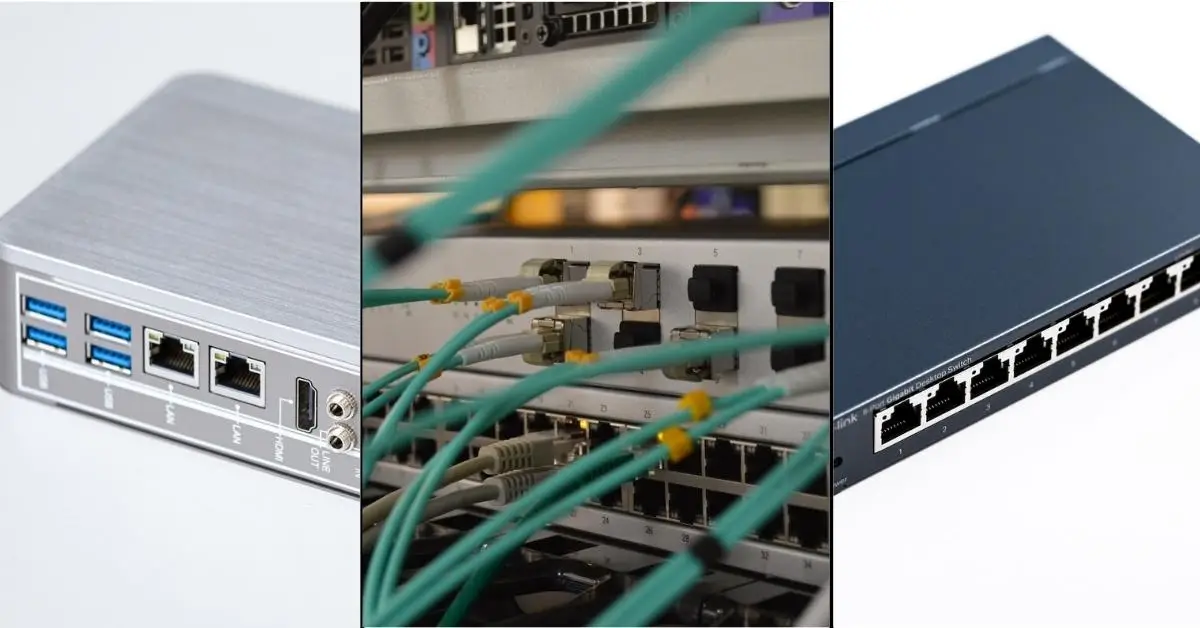There are many users who, despite having full knowledge and operation of computer networks, still ignore the differences between a hub, a switch, or a router.
All of these are hardware devices that make it possible to connect computers to networks, which means that you will surely have to turn to a technician for any problem.
If that is your case, then we advise you that the LayerLogix professional team is ready to support you with any questions and related problems.
That is why in this post we will explain what the true function of a hub, a switch, or a router is, and which one to use in each scenario, hoping to save you headaches.
What is Hub & What is its Purpose?
The hub is a device that has the function of interconnecting the computers of a local network. Its operation is simpler than the switch and the router since the hub receives data from one computer and transmits it to the others.
The Hub links computers within the same local network, therefore if any of the computers sends a message, the hub will take care of replicating this message in all the computers within this local network.
At the time this occurs, no other switch can send a signal. Its release comes after the previous signal has been completely distributed.
In a hub, it is possible to have several ports (entrances to connect the network cables of each computer).
Generally, there are hubs with 8, 16, 24, and 32 ports, but the number varies depending on the model and manufacturer of the device.
If the cable of a machine is disconnected or has a defect, the network does not stop working.
Currently, hubs are being replaced by switches, due to the small cost difference between the two.
What is Switch & What is its Purpose?
Now, the switch is a very similar device to the hub, but with the difference that the data coming from the source, the computer is only sent to the destination computer.
This is because switches create a kind of exclusive communication channel between source and destination. In this way, the network is not “limited” to a single computer in sending information.
This increases network performance since communication is always available, except when two or more computers try to send data simultaneously to the same machine.
This feature also reduces errors (data packet collisions, for example). Just like the hub, a switch has several ports and the number varies in the same way.
What is Router & What is its Purpose?
Last, but not least… The router is a device used in larger networks.
It is more “intelligent” than the switch, since, in addition to fulfilling the same function, it also has the best route that a given data packet must follow to reach its destination.
It is as if the network were a big city and the router chooses the shortest and least congested path. Hence the name router.
The Router is responsible for sending data packets between different networks, they can be LAN or WAN networks, fulfilling the same functions as a Switch or a Hub, only not limited to a local network.
These Routers incorporate firewalls that protect the local network against possible attacks or dangers.
In short, these are the basic functions that Switch, Hubs, and Routers have.
They are devices that can sometimes be confused but have different functionalities and capabilities. And it could be said that the most important is the router since it is key in our day to day to connect.

